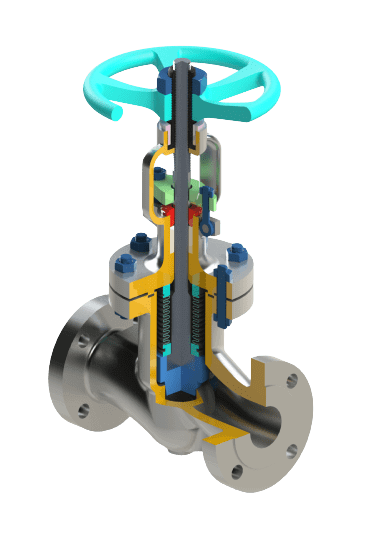Industrial valves are essential components in various sectors, facilitating the control of fluids and gases. However, the unnoticed culprits, valve leaks, can cause severe environmental damage. In this article, we will explore the environmental impact of valve leakage, emphasizing the importance of addressing this silent threat.
The Hidden Consequences
Valve leakage may appear as a minor issue in isolation, but its collective impact is staggering. These leaks release harmful substances into the environment, affecting both terrestrial and aquatic ecosystems. The consequences are far-reaching and often underestimated.
Soil Contamination
Leaking valves often release corrosive chemicals, hydrocarbons, or toxic substances, which can seep into the soil. The contaminated soil loses its fertility, rendering it unsuitable for agriculture. Over time, this can lead to the degradation of large tracts of arable land.
Water Pollution
Valve leaks can contaminate nearby water bodies. Chemicals and pollutants from these leaks find their way into rivers, lakes, and oceans. Aquatic life can be severely impacted, with devastating effects on fish populations and the delicate balance of aquatic ecosystems.
Air Quality
In some cases, valve leaks release volatile organic compounds (VOCs) into the air. These can react with other pollutants to form ground-level ozone, a major component of smog. Poor air quality affects human health, and it contributes to global warming.
Biodiversity Loss
The destruction of ecosystems due to valve leakage disrupts the habitats of countless species. Plants and animals that rely on these ecosystems face the risk of extinction. Biodiversity loss has long-term consequences for the planet's ecological balance.
Preventive Measures
Preventing valve leakage is crucial in reducing its environmental impact. Regular maintenance, inspection, and the use of high-quality, zero-leakage valves can significantly minimize these issues. Additionally, adopting eco-friendly practices and materials in valve construction can further reduce environmental harm.
Zero-Leakage Valves: A Green Solution
 |
| Bellow Sealed Globe Valve |
Reduced Environmental Liability: Zero-leakage valves help industries comply with environmental regulations, preventing costly fines and remediation expenses.
Resource Conservation: Preventing leaks conserves valuable resources and reduces the need for energy-intensive pollution control measures.
Improved Corporate Image: Embracing green technology enhances a company's reputation, demonstrating a commitment to environmental responsibility.
Valve leakage is a significant environmental concern with far-reaching consequences. It affects not only natural ecosystems but also human health and industry reputation. By adopting zero-leakage valves and implementing eco-friendly practices, industries can mitigate these environmental impacts and play their part in safeguarding the planet for future generations. It's time to recognize the silent threat of valve leakage and take proactive steps to protect our environment.

